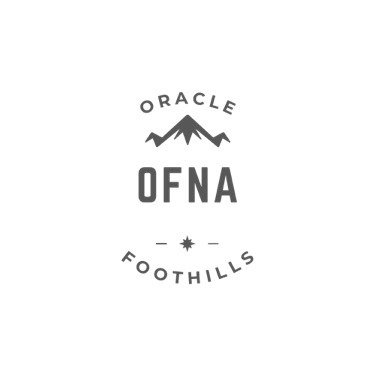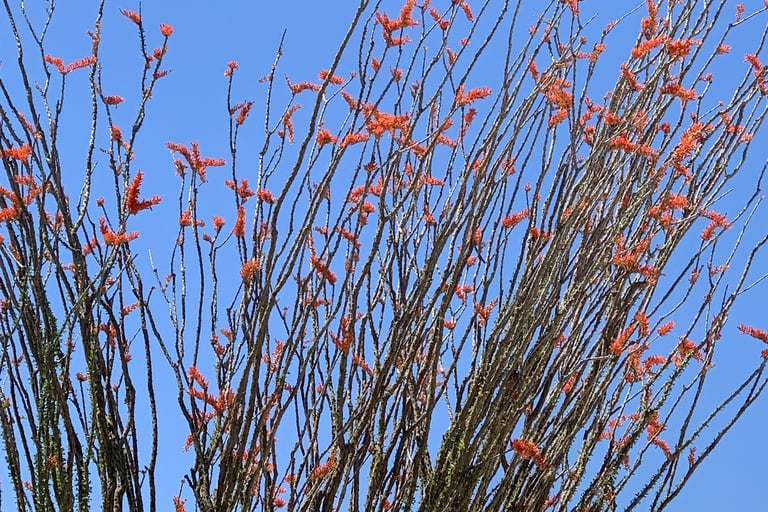Neighbors Knowing Neighbors
Research has shown that the neighbors who know their neighbors live in areas that are more resilient. Meaning, that when a disaster happens, we cannot count immediately on the state or federal agencies, thus we will survive better when we know our neighbors and when we help each other. So, as a neighborhood, we should all try to know our neighbors. The people who make it out of a disaster are known by their neighbors. There are personal stories from the Hawaii and Pacific Palisades wildfires that have had to deal with resiliency firsthand, those that planned and those that didn’t.
The following are things that are important to know:
The contact info for the neighbor, Phone number (cell and/or home), Email, Do they text? What is the best way to contact them? Do they want to share an alternate contact who lives out of the area if we can’t reach our neighbor? Like, could we call a son or mother to check to see that the neighbor is all right?
A list of all people living in the home. So that we can check with our neighbors to see if everyone is out. Older people. Kids with disabilities.
Any disabilities: mobility issues (slow or walker or wheelchair), hearing issues, sight issues. Seniors. People living alone. Especially older or disabled people living alone.People without transportation. Babies and toddlers.
Resources that someone has that might be useful, like 4x4 drive vehicles, or van-like vehicles for carrying multiple people, or vehicles that can manage people in wheelchairs or walkers. Who can communicate by email, text, phone (hard-wired or cell) to let family know about a neighbor who is safe or who needs help? Who has high-clearance vehicles to drive through flood waters? Who can help us clear a road that has been washed out or has downed trees? Who has propane gas and a propane stove to cook or BBQ to cook? Which homes have gas for heating or cooling or cooking? Where are
the swimming pools where we can withdraw water for flushing toilets, bathing?
Vacation schedule. If neighbors are out of town, we know not to tear down their door to get inside to check.
Neighborhood Resiliency Checklist
Understanding Neighborhood Resilience and Its Importance
by Rich Haug, President, OFNA
Neighborhood resilience refers to a neighborhood’s ability to withstand, prepare for, adapt to, and recover from adverse events while maintaining essential functions. It encompasses both physical infrastructure and social networks. This resiliency enables neighbors to bounce back from challenges like natural disasters or public health crises through coordinated response and shared resources. We are not requiring anyone to participate, but encourage our neighbors to think about being disaster ready and being ready to help their neighbors, thus moving us to better neighborhood resiliency.
Enhanced Emergency Response: Neighborhoods with established networks respond 40% faster during crises than unprepared neighborhoods.
Improved Safety: Connected neighborhoods report 30% lower crime rates through active neighborhood watch programs.
Mental Health Support: Strong neighborhood bonds reduce isolation and increase emotional well-being with 35% higher rates of social support.
Creating Emergency Response Networks
Neighborhood emergency preparedness requires coordinated systems to effectively respond during crises. Effective emergency preparedness requires systematic planning and neighborhood participation to ensure neighborhoods can respond effectively during emergencies.
Natural Disaster Response Plans
The main disasters our neighborhood needs to prepare for are:
Electrical outages and/or prolonged heat events. Especially in summer, it could mean heat stress. More people die of heat stress in AZ than from any major disasters. Those most vulnerable are the elderly and the disabled. We need to check on our neighbors after any prolonged electrical outage, or even during an extended heat wave. If an electrical outage lasts very long, it could mean inability to communicate (no computers, no phones). Maybe even inability to buy gasoline or buy food at the grocery store or cook food. Or get cash out of a bank or ATM. Another problem is people who can’t pay their bills and therefore have no power to cool their homes. Or, in winter, heat their homes.
Wildfire. Threat is mainly invasive grasses.
Cyber-threats that can cut communications.
Flooding, especially monsoon storms. Flood water. Trees that have fallen on roads or on houses. Powerlines down.
Water contamination. Who can’t get to the store to buy water, or who might not have heard of not drinking the tap water.
Develop action plans for these common natural disasters in our area including evacuation routes gathering points and response protocols.
Building Social Connections Through Regular Events
Neighborhood Parties/Picnics and Gatherings
Neighborhood Clean-Up Days
Maintaining Common Spaces
Neighborhood Informational Meetings/Newsletters
Sustaining Neighborhood Resilience
Building a resilient neighborhood is an ongoing journey that requires active participation and dedication. By implementing these neighborhood-building activities, you’ll create lasting connections that strengthen your neighborhood’s ability to face any challenge.
Remember that every small step counts. The strength of our neighborhood lies in the relationships we build and maintain with our neighbors. For those who want to know more: here is an article from The New York Times, “When Natural Disasters Hit, People With Disabilities Often Feel Them ‘First and Worst’”.
Having a Resiliency Checklist in case you need to evacuate or lose power is essential. Here’s an example checklist.




